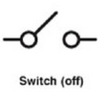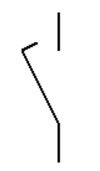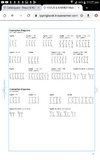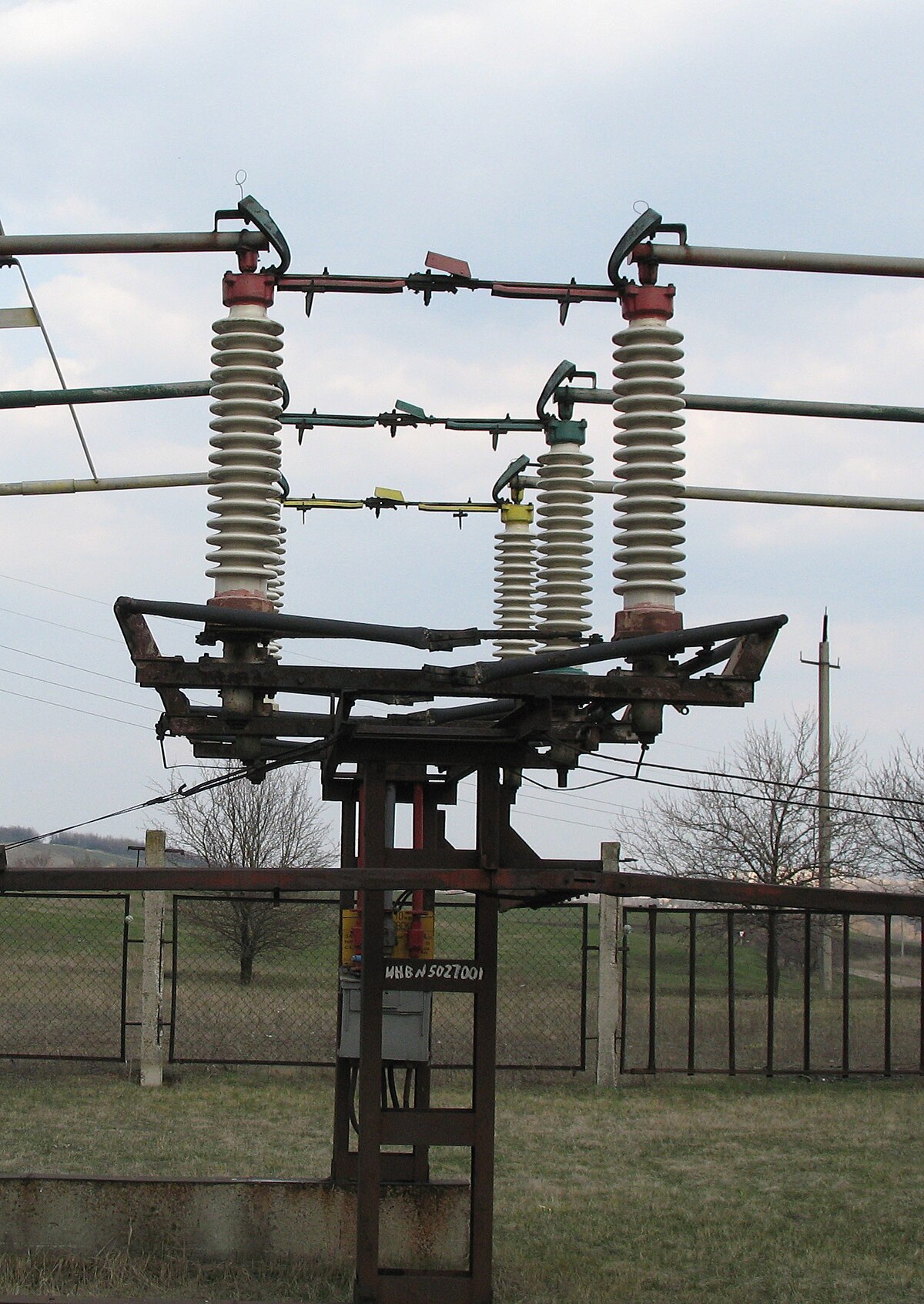Hi, what's the fourth pole in this rotary isolator for?
Is it to give the option of a switched neutral on three phase? It already has an unswitched neutral block near the earth block.
Or could it be for some auxiliary control circuit for a machine?
PS yes I know the insulation is knackered on the black. First time I've opened the switch, I will repair with some tape.
Thanks

Is it to give the option of a switched neutral on three phase? It already has an unswitched neutral block near the earth block.
Or could it be for some auxiliary control circuit for a machine?
PS yes I know the insulation is knackered on the black. First time I've opened the switch, I will repair with some tape.
Thanks








